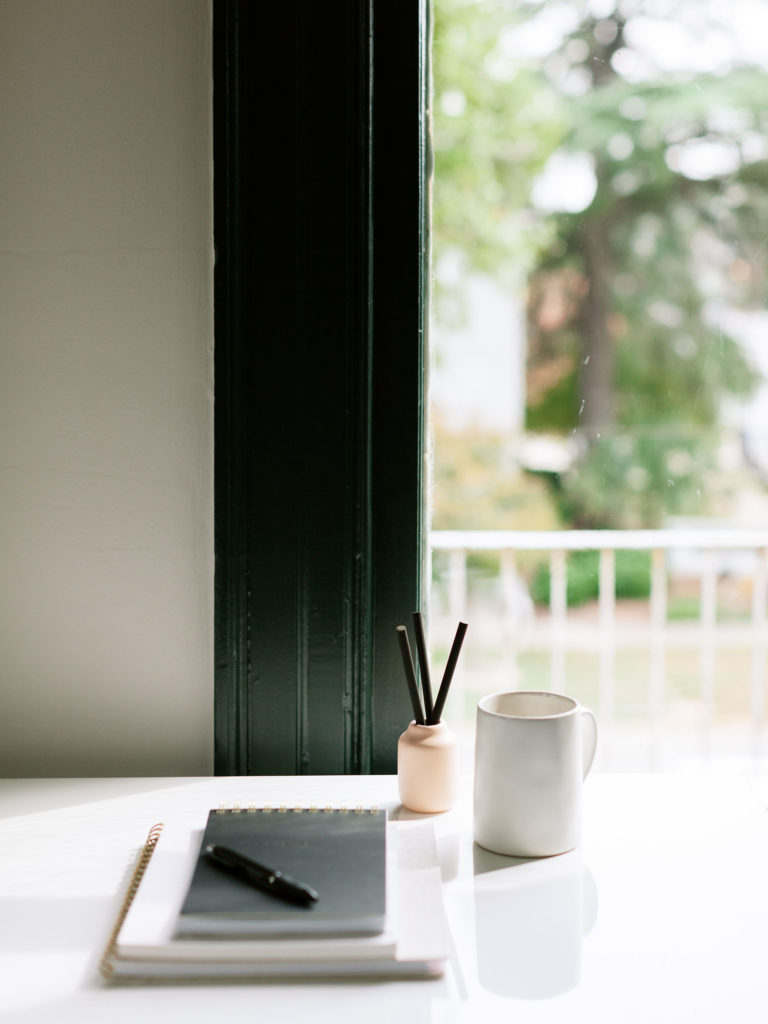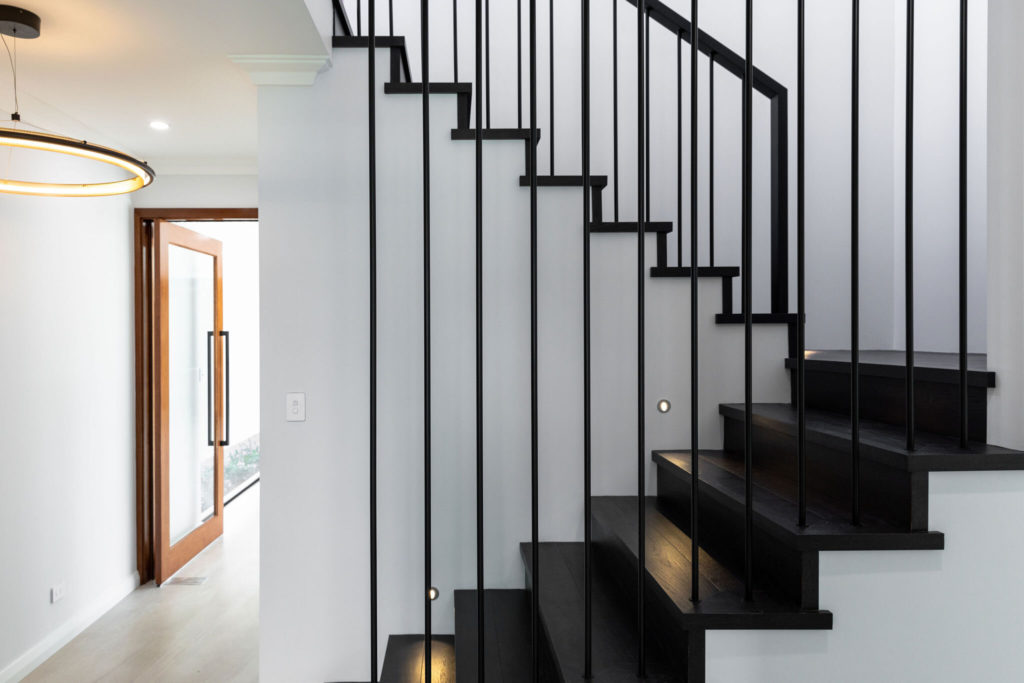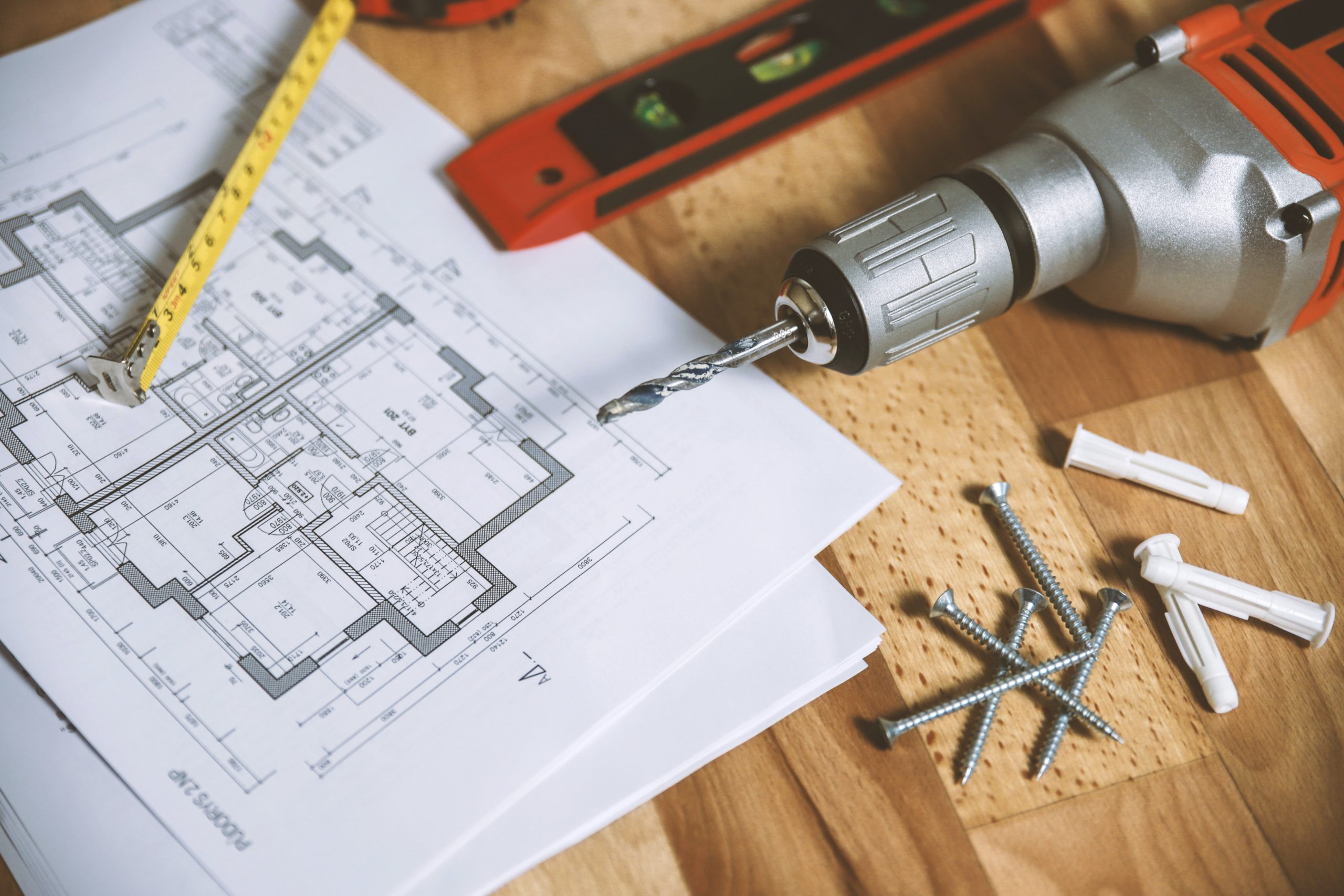Considering these days we’re all spending more time at home, it’s natural that the way we see our homes has probably changed. You may find yourself wishing you had more storage or extra seating in the lounge room. On a bigger scale, you may even find you’d really appreciate an extra bathroom.
Depending on your skill level, projects like these can undertaken as a DIY job or better yet, you could call in the professionals. Either way, home improvement projects must be thoroughly planned out in the beginning stages to allow for a fluid design and build process. If you don’t follow the process, you risk creating a space that may not work for you.
In this article, I’ll help layout the groundwork involved in setting up your next interior design project.

Deciding on use of space
If you want to create a home you love, you must understand what each room is about. Look at the mechanics of your everyday life and how you or your household uses space when addressing a single room or open plan space. Start by creating a list of what you like about that space and compare it to things you wish you could change about the space to make it more functionable or aesthetically pleasing.
Begin by listing the key aspects of the project:
- The needs of the people using the space
- Style, age, and location of the property
- What’s needed/wanted from each room
- The look you wish to create
- How much money you’re willing/able to spend
- What professionals need to come on-board
- What alternative arrangements do you need to allow for during construction
- How long are you wanting the project to take
This stage of planning can present an opportunity for discussion and debate about how to make a space work for you and your household so that everyone can enjoy it.

Be realistic with your budget
We’ve been brought up not to openly discuss money or finances but when it comes to building or renovating, most often what I’m told is “We don’t have a budget” or “I don’t know”. This is often followed up by me submitting a fee proposal and getting a comment back “I didn’t know it was going to cost that much.” What this tells me is that you did have a budget in mind, you just didn’t want to disclose it. Fair enough, but it’s a disservice to all involved.
It’s an uncomfortable conversation to sometimes talk about especially with unfamiliar faces but it’s by far the most important when it comes to planning and having a very real expectation of what you can get for the money. Be honest with yourself about what you can afford to spend. If you need to seek financing, speak with the bank about what you can afford to borrow.
Also, don’t forget potential hidden expenses such as planning submissions, permits, professional and specialist fees, and delivery charges. AS much as we try to avoid it, there will always be unexpected costs so allow yourself a bit of a buffer for these if they come up.
Putting pen to paper
When it comes to planning the details of a room, you are best to start on paper with a floor plan and compiling some inspiration images into a mood board.
The floor plan will tell you on paper the size and shape you have to work with and how that room adjoins to other rooms in the house. You may have architectural features you have to work around or it can be a blank canvas.
Work out how to use space effectively by moving scaled versions of furniture around the plan until you come up with a layout that works. Don’t forget to consider traffic flow and how people tend to move throughout the space.
If you’re drawing the plan yourself, it’s essential that you know how to measure the room accurately. Inaccuracies in measuring can result in costly changes and delays once products are ordered.
When in doubt, ring your local council to see if existing floor plans are available or consult with a professional for them to complete a site survey.

Visualising the space with a mood board
Google, Pinterest, Home and Garden magazine…no matter where you find the image, start compiling them somewhere to reference later on. Whether it’s a digital board (as shown below) or a pinboard on your wall, creating a space for these images takes ideas from the confines of your head and makes exploring them a physical process.
Once you know what you want from each room, you can start bringing your ideas to life. Mood boards give your project focus. If you know what you’re trying to achieve on paper, it will help decision-making a more fluid process later on as you’ve already established the visions.
Costing your project
When it comes to building work, put the work out to tender and get three quotes. Take time to find the right team for the job. Be sure that suppliers are quoting for the same work by giving them the same brief, with drawings and exact measurements. Remember, the cheapest quote isn’t always the best quote. Look at how each supplier plans to approach the work, ask to see past projects and get feedback from their clients.
Final words
Every step discussed in this article is integral to the interior design process. You must get all your ducks in a row before buying a thing or instructing any professionals. If you don’t, you can end up losing both money and direction.
If you’re starting your project but finding your needing professional help or advice, we are happy to have a complimentary conversation with you.




add a comment
+ COMMENTS